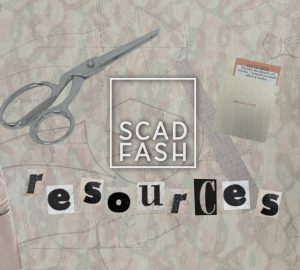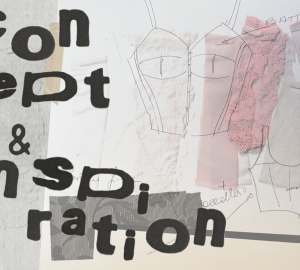SCADFILM’s exclusive screening of ‘The Handmaid’s Tale’ terrified and enlightened guests
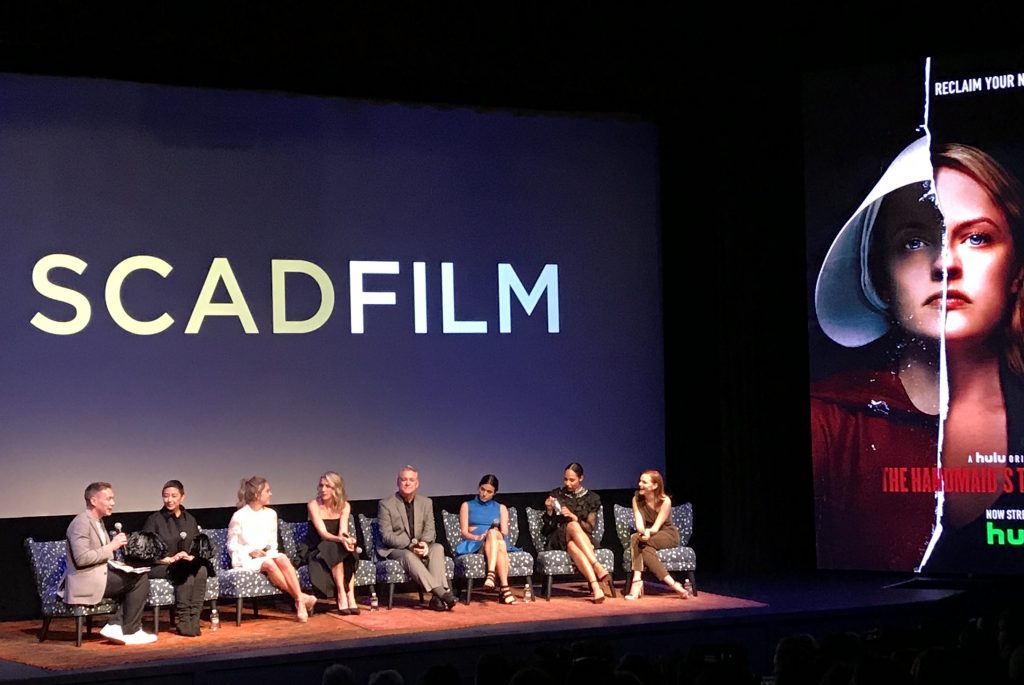
The world premiere of season two, episode three of the Emmy and Golden Globe award-winning series “The Handmaid’s Tale” was screened at SCADshow on April 30. The screening was held in honor of the new SCAD FASH exhibition, “Dressing for Dystopia,” which features 45 cinematically styled costumes from seasons one and two.
SCAD FASH members were treated to a special opening reception of the exhibition followed by an exclusive screening and discussion with cast members and costume designer Ane Crabtree. The special screening gave attendees a sneak peek at what’s to come in season two, which premiered on April 25.
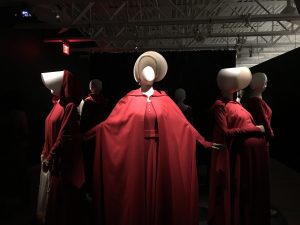
“The Handmaid’s Tale,” based on the 1985 novel by the same name and written by Margaret Atwood, takes place in an all too close to home totalitarian society in what was the United States. On the heels of the Me Too movement, the image of women stripped of their rights and divided into caste systems based on their usefulness to the state is visually arresting. This is all made possible by the striking uniform each woman wears, meticulously designed by Crabtree.
Crabtree, who was recently honored by the Costume Designers Guild, played a monumental role in creating captivating, complex characters and visually stunning cinematography. Her use of color and subtle design details enhances the actors’ performances and amplifies the humanity and individuality of each character.
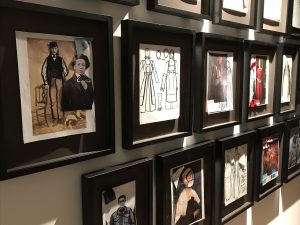
“It’s so important to get the details right,” Crabtree stated. She is so dedicated to details that she adds elements into her costumes no one but the actors wearing them could pick up on. For instance, sewn into the inside of the unwomen’s costumes is the number zero. Because, as Crabtree states, “You’re not even a woman anymore, you’re a zero.”
Meticulous details like this affect the actors and their performances. Robert Curtis Brown, who portrays Commander Pryce, talked about the effect Crabtree’s costumes had on his performance. “Inhabiting the suit there was a kind of sensitivity to who these people are,” he said. “The feeling it gave you when you move … it was really powerful.”
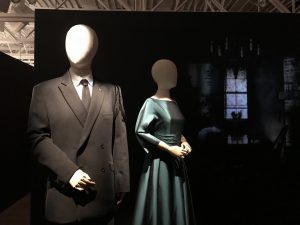
Crabtree would come into the actors’ trailers every morning to ensure every detail was perfect and make adjustments. Even details that the camera could not see, such as the suspenders hidden underneath a suit jacket, didn’t escape Crabtree. Brown reminisced on Crabtree coming into his trailer to tighten his suspenders and hike up his pants just a little bit. The effect could not necessarily be seen on camera, but the influence it had on the actors helped them empathize with the character. “[It’s] very essential to have empathy and love for the character,” Crabtree said.
If you have watched any of “The Handmaid’s Tale,” you are well aware of the anxiety and emotional strain it induces on the viewer. Crabtree’s costumes, an integral part of the story, are no exception. “Nothing should be beautiful and everything should have tension,” Crabtree explains. “I want to be terrified and enlightened,” she stated. The experience of watching “The Handmaid’s Tale” could not be described in any better way.
To experience Crabtree’s costumes for yourself, visit “Dressing for Dystopia” at SCAD FASH, which will be on display through August 12.



























